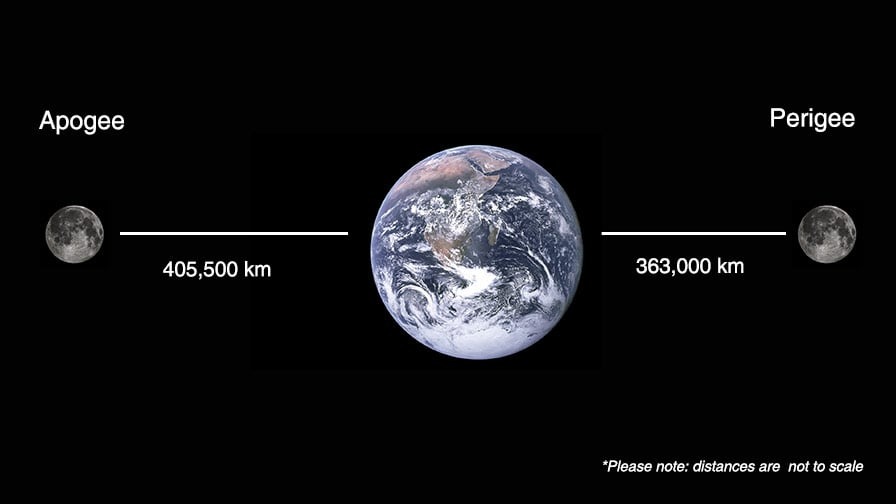
Full Moons are always a stunning sight. However, the "Harvest Moon" that will light up the skies on September 29, 2023, promises to be even more spectacular given that it is a supermoon. More importantly, it will be this year's fourth and final supermoon!
Skywatchers who miss tomorrow's Harvest Moon will have to wait a while for the next supermoon. It will also be a Harvest Moon, rising on September 18, 2024. The second and final supermoon for 2024 will occur a month later, on October 17.

Supermoons are usually about seven percent larger and 16 percent brighter than the average full Moon. They occur when the full Moon coincides with the lunar perigee — the Moon's closest point to Earth in its orbit. On September 29, our satellite will be about 224,658 miles (361,552 km) from Earth. This is slightly farther than the August 30 supermoon, which was at a distance of 222,043 miles (357,344 km).
The moniker "Harvest Moon" refers to the full Moon's proximity to the September equinox. Observed on September 23 this year, it marks the end of summer and the start of fall in the Northern Hemisphere. Farmers in the past used the September full Moon's bright light to harvest crops late into the night. The use of machinery has alleviated the need to cut crops at odd hours. However, the name has stuck.
This year's final supermoon will be joined by a parade of planets. Jupiter will be the first to emerge, followed by Saturn and then, finally, Mercury. The tiny planet, which is currently at its farthest from the Sun, will be the hardest to observe. It will also be in the sky for only an hour before the supermoon sets.
Resources: Space.com, Timeanddate.com, NASA.gov
